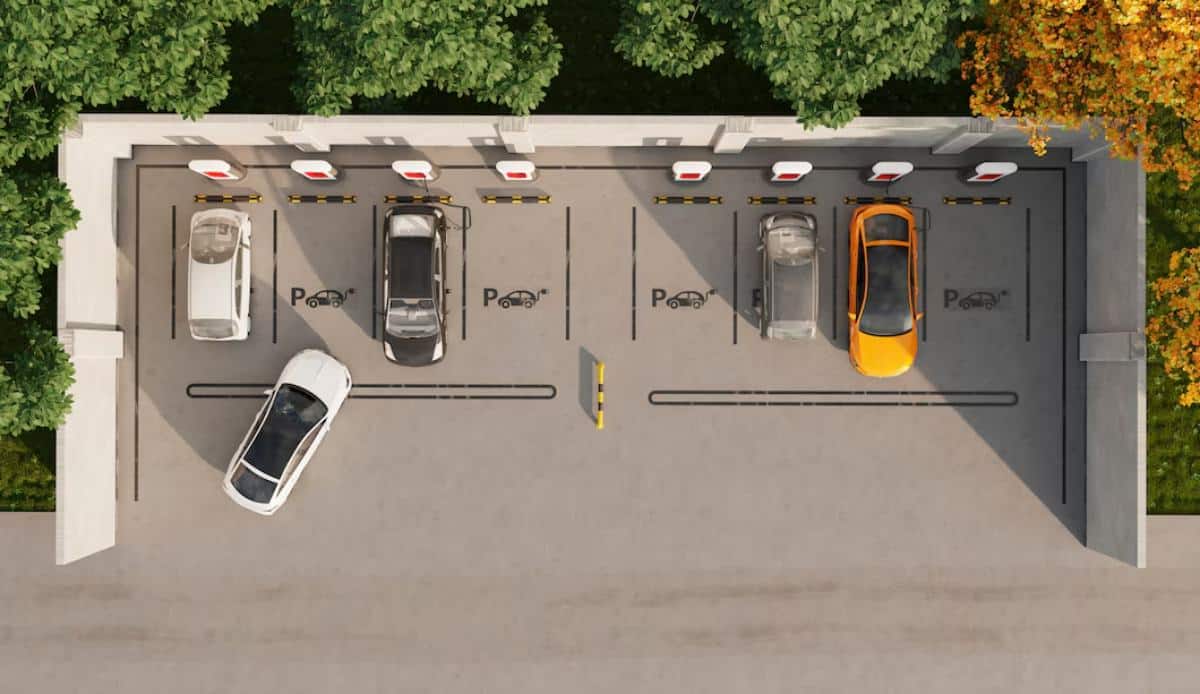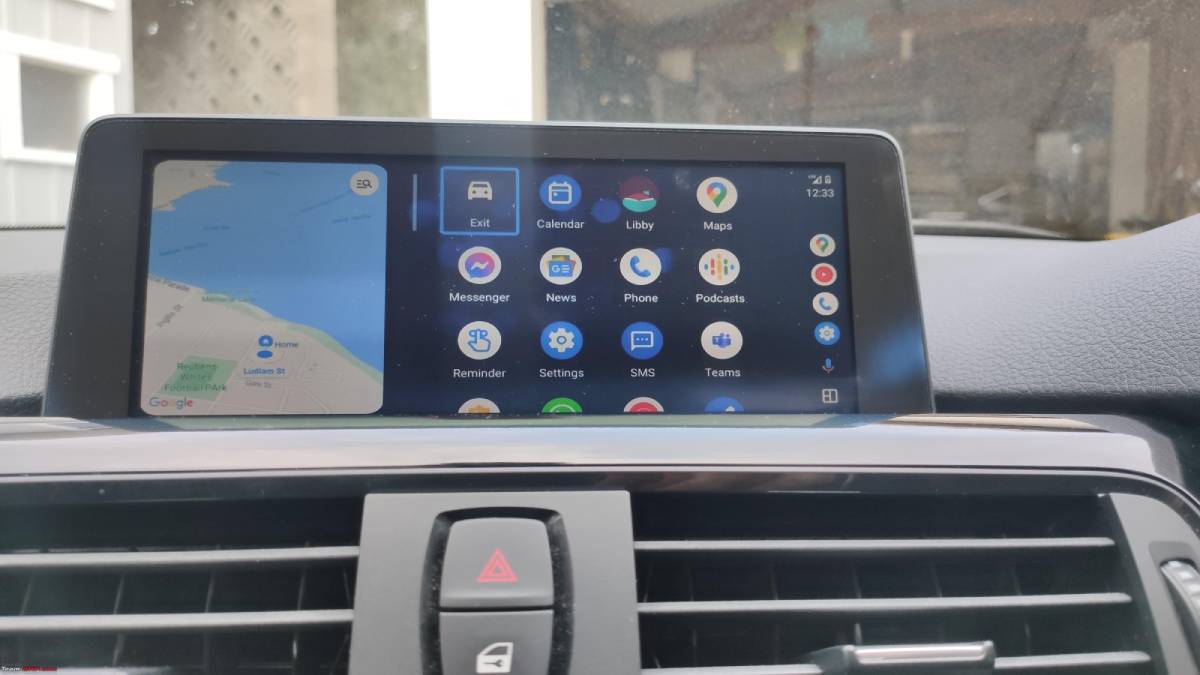
How to Install Aftermarket Parking Sensors on Your Car: A Comprehensive Guide
In the bustling world of modern motoring, parking can often be a source of stress and anxiety. Parking with precision is key, whether you’re on busy city streets or trying to squeeze into a tight spot at the supermarket. This is where parking sensors come into play. These sensors help drivers steer their cars safely and easily. They are now common in many new vehicles. However, if your vehicle doesn’t come equipped with this technology, fear not. Installing aftermarket parking sensors is a great DIY project. It can improve your driving experience a lot.
In this comprehensive guide, we will walk you through the process of installing aftermarket parking sensors on your car. By the end of this article, you’ll have the knowledge and confidence to do this project yourself. This will save you money and add a valuable feature to your vehicle.
Understanding the Core
Before starting the installation, it’s important to know what parking sensors are and how they work. Parking sensors, or proximity sensors, are placed on vehicle bumpers. They help detect obstacles when parking. They work by emitting ultrasonic waves, which bounce back upon hitting an object. The sensor calculates the distance based on the time taken for the wave to return, alerting the driver to any nearby obstacles.
Why Aftermarket Parking Sensors?
Choosing aftermarket parking sensors offers several advantages. Firstly, they are cost-effective compared to factory-installed sensors. Secondly, they provide flexibility in terms of features and installation options. Aftermarket options meet different needs and budgets. You can choose a simple beep alert or a more advanced system with visual displays.
Quick Guide / Checklist
Before we dive into the detailed steps, here’s a quick checklist of what you’ll need for a successful installation:
- Aftermarket parking sensor kit: Includes sensors, control box, and display unit.
- Drill with a hole saw bit: Typically 16-22mm, depending on sensor size.
- Screwdriver set: For securing components.
- Wire strippers and crimpers: For electrical connections.
- Electrical tape and zip ties: To secure wiring.
- Multimeter: To check electrical connections.
- Marker or pencil: For marking sensor positions.
- Measuring tape: To ensure accurate placement.
Pro Tip: Take your time when aligning the sensor. Small misalignments can hurt accuracy and detection range.
Step-by-Step Guide (How to Practise)
Step 1: Choose the Right Parking Sensor Kit
Selecting the appropriate parking sensor kit is paramount. Consider factors such as the number of sensors, display type, and ease of installation. Kits typically range from two to eight sensors, with options for audible alerts or visual displays. Ensure the kit is compatible with your vehicle’s make and model.
Step 2: Plan the Sensor Placement
Determine the ideal locations for the sensors on your car’s bumper. Typically, sensors are evenly spaced along the rear bumper, but placement can vary based on vehicle design. Use a measuring tape to ensure even spacing, and mark the positions with a marker.
Step 3: Prepare the Bumper
Before drilling, clean the bumper thoroughly to remove any dirt or debris. This ensures a smooth surface for drilling and sensor installation.
Step 4: Drill Holes for the Sensors
Using a drill with the appropriate hole saw bit, carefully drill holes at the marked positions. Take your time to avoid damaging the bumper. Once drilled, smooth any rough edges with sandpaper.
Step 5: Install the Sensors
Insert the sensors into the drilled holes, ensuring they fit snugly. The sensors should be flush with the bumper surface for optimal performance. Secure them in place using the provided clips or adhesive.
Step 6: Connect the Wiring
Route the sensor wires through the bumper and into the vehicle’s interior. This often involves removing interior panels or trim. Use wire strippers to prepare the wires for connection. Connect the sensor wires to the control box according to the kit instructions.
Step 7: Install the Control Box and Display Unit

Mount the control box in a dry, secure location within the vehicle, typically in the boot or under the dashboard. Connect the power wires to the vehicle’s reverse light circuit using a multimeter to identify the correct wires. Secure all connections with electrical tape and zip ties.
Step 8: Test the System
Once installed, test the parking sensors by engaging the reverse gear. The sensors should emit a beep or display a warning when an object is detected. Adjust the sensor alignment if necessary to ensure accurate detection.
Important: Always use the right drill bit size. Be careful when drilling holes in your bumper. This helps prevent any damage.
Things to Remember
- Double-check Measurements: Accurate sensor placement is crucial for effective performance. Double-check measurements before drilling.
- Avoid Obstacles: Ensure sensors are not obstructed by tow bars or other accessories.
- Secure Wiring: Use zip ties to secure wiring and prevent tangling or damage.
- Test Thoroughly: Test the system in various conditions to ensure reliability.
Best Practices & Additional Insights
- Regular Maintenance: Periodically clean the sensors to remove dirt or debris that may affect performance.
- Professional Assistance: If you’re uncertain about any step, consider consulting a professional to ensure a seamless installation.
- Upgrade Options: Explore additional features such as front sensors or integration with a reversing camera for enhanced safety.
Secret Tip: To enhance your system, consider adding a front parking sensor kit, which can provide additional safety when parking in tight spaces or navigating forward.

FAQs
Can I install parking sensors on any car?
Yes, most aftermarket parking sensor kits are designed to be compatible with a wide range of vehicles. However, always check the kit specifications for compatibility with your car model.
How long does the installation take?
The installation process typically takes 2-4 hours, depending on your experience and the complexity of the kit.
Do parking sensors work in all weather conditions?
Parking sensors usually work well, but heavy rain or snow can impact how they perform. Regular maintenance can help mitigate these issues.
Are aftermarket parking sensors as good as factory-installed ones?
Aftermarket sensors can work as well as factory-installed ones if installed and maintained properly.
Conclusion: Transform Your Parking Experience with Aftermarket Sensors
Installing aftermarket parking sensors is a smart and satisfying project. It boosts your vehicle’s safety and gives you peace of mind. This guide helps you install with confidence and improve your parking experience. Remember, accurate placement and secure connections are key to a successful setup.
Ready to enhance your driving experience? Gather your tools, choose the right kit, and get started today. Learn more automotive tips and guides and join a community of car enthusiasts. Your journey to safer, stress-free parking begins now!